
LIVING BY VOW

Wisdom Publications
199 Elm Street
Somerville MA 02144 USA
www.wisdompubs.org
2012 Shohaku Okumura
All rights reserved.
No part of this book may be reproduced in any form or by any means, electronic or mechanical, including photography, recording, or by any information storage and retrieval system or technologies now known or later developed, without permission in writing from the publisher.
Library of Congress Cataloging-in-Publication Data
Okumura, Shohaku, 1948
Living by vow : a practical introduction to eight essential Zen chants and texts / Shohaku Okumura ; edited by Dave Ellison.
pages cm
Includes bibliographical references and index.
ISBN 1-61429-010-5 (p : alk. paper)
1. Zen literatureHistory and criticism. 2. Zen BuddhismRituals. 3. Buddhist chants. I. Title.
BQ9273.O58 2012
294.3438dc23
2011048873
ISBN 978-1-61429-010-0
eBook ISBN 978-1-61429-021-6
16 15 14 13 12
5 4 3 2 1
Cover art by Eiji Imao: www.eonet.ne.jp/~eijin/index.html. Cover design by JBTL.
Interior design by Gopa&Ted2. Set in Diacritical Garamond 11.9/11.5.
Wisdom Publications books are printed on acid-free paper and meet the guidelines for permanence and durability of the Production Guidelines for Book Longevity of the Council on Library Resources.
Printed in the United States of America.
 This book was produced with environmental mindfulness. We have elected to print this title on 30% PCW recycled paper. As a result, we have saved the following resources: 18 trees, 8 million BTUs of energy, 1,802 lbs. of greenhouse gases, 8,124 gallons of water, and 515 lbs. of solid waste. For more information, please visit our website, www.wisdompubs.org. This paper is also FSC certified. For more information, please visit www.fscus.org.
This book was produced with environmental mindfulness. We have elected to print this title on 30% PCW recycled paper. As a result, we have saved the following resources: 18 trees, 8 million BTUs of energy, 1,802 lbs. of greenhouse gases, 8,124 gallons of water, and 515 lbs. of solid waste. For more information, please visit our website, www.wisdompubs.org. This paper is also FSC certified. For more information, please visit www.fscus.org.
O N THEIR FIRST ENCOUNTER with the sutras many Zen beginners are perplexed. A few words might look familiar from other reading. Perhaps the overall gist seems apparent. But on first reading many sutras are an impenetrable mixture of meaningless foreign phrases and illogical paradoxes. To the experienced student, sutras can present another sort of problem. After years of study and practice, many of us fall into narrow, knee-jerk interpretations of the sutras weve recited so often. This book is aimed directly at both problems. As an experienced practitioner of Zen, Shohaku Okumura speaks clearly and directly of the personal meaning and implications of Zen practice. He uses his own life experiences to illustrate the practical significance of the sutras to the beginning student. As a scholar of Buddhist literature he reveals the subtle, intricate web of culture and history that surrounds the words so familiar to the longtime student. The net effect is of a sympathetic friend who has practiced Zen for decades (and also happens to be a Buddhist scholar) patiently explaining, annotating, and illuminating eight of the most important sutras. Esoteric Sanskrit terms take on vivid, personal meaning. Worn-out, empty phrases gain rich new poetic resonance. Both the neophyte and the experienced practitioner will come away with a richer appreciation of these sutras.
For instance, take the word vow. Many modern readers, scientists, skeptics, and secular humanists might find this concept distinctly uncomfortable. Some may feel it carries the taint of ancient dogma draped in musty, jewel-encrusted robes. It hints of rigid rules for diet, sexual practices, clothing, and social hierarchies. Okumura Roshi uses the teachings and poetry of the Buddha, Dgen, Katagiri Roshi, Uchiyama Roshi, and others to elucidate the central role of vow in Zen practice. In the process he gives fresh meaning to the word. Instead of a static pledge, vow is shown to be a dynamic, day-to-day expression of the most fundamental aspect of our true nature. He shows how our sitting practice, our Zen community, and our livelihood can all be animated and illuminated by vow.
Emptiness, or nyat, like many concepts in Zen, is slippery and paradoxical. In his chapter on the Heart Sutra, Okumura Roshi uses the words of masters selected from the twenty-five-hundred-year tradition of Zen to elucidate this challenging but crucial reality. The result is multilayered, cross-cultural, philosophical, and at the same time personal. His interpretation of the five skandhas can be read as a paraphrase of a modern neuroscience text. He quotes Ngrjuna, who lived nearly two thousand years ago, to demonstrate how awareness of emptiness leads naturally to a more peaceful, stable life in our modern world. Impermanence and interdependence are not merely philosophical abstractions. They are fundamental aspects of our daily existence. Ongoing recognition of this reality leads naturally to generosity, egolessness, and inner calm. The appreciation and application of this concept is a very practical antidote to the pervasive angst of our modern consumer society.
This book offers the thoughtful reader an opportunity to apply the cumulative insights of twenty-five hundred years of disciplined spiritual research to their own everyday existence. It is neither a quick, effortless panacea nor an abstract metaphysical treatise, but rather a series of signposts to guide and inspire the determined seeker.
Dave Ellison
T HIS BOOK IS based on a series of lectures I gave as the interim head teacher at the Minnesota Zen Meditation Center (MZMC) in Minneapolis from September 1993 to August 1996. The center was founded by Dainin Katagiri Roshi. He originally came to the United States in 1963 to serve at Zensh Stji, the St Zen temple for the Japanese-American community in Los Angeles. A few years later, he moved to Skji to assist Shunry Suzuki Roshi, the resident priest at Skji and the founding teacher of the San Francisco Zen Center. He practiced and taught there as the assistant teacher until Suzuki Roshis death in 1971. The next year he moved to Minneapolis and founded the MZMC, where he served as abbot until his death in March 1990 at the age of sixty-three.
The MZMC is located on the eastern shore of Lake Calhoun in South Minneapolis near the Uptown neighborhood. The center was named Kun-zan Ganshji by Katagiri Roshi. The mountain (zan) name Kun means cultivating the clouds and is taken from one of Dgens well-known poems. The temple name Gansho means living by vow and alludes to one of the definitions of a bodhisattva: Ordinary people are those who live being pulled by their karma (gossh no bonpu); bodhisattvas are those who live led by their vows (gansh no bosatsu).
I had the opportunity to practice with Katagiri Roshi for one month at Daijji monastery in Kanazawa, Japan, in 1988. He was the head teacher of the one-month special training period sponsored by Stsh Shmuch for Western St Zen teachers. I was one of the assistants during the training period. Katagiri Roshi gave lectures on the Shbgenz chapter Kge (Flower of Emptiness) in English to the Western teachers. When I listened to his lectures, I was astonished and very inspired. I already had some experience giving dharma talks in English to Westerners, but until then I did not think I could give lectures on Shbgenz. Later I had several opportunities to visit the MZMC to lecture his students while he was sick with cancer. That was why I was invited to be the interim head teacher three years after Katagiri Roshis death.
Next page
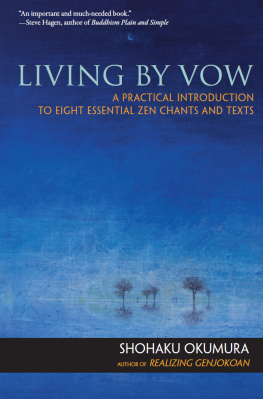
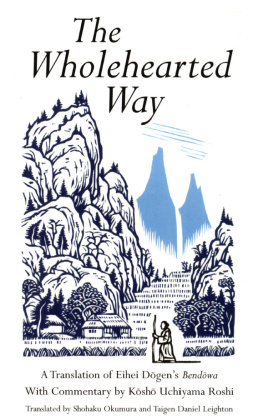


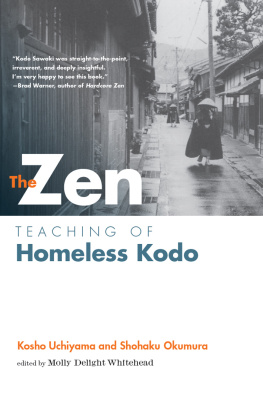
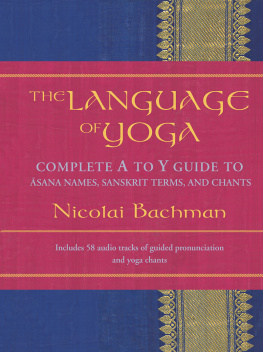



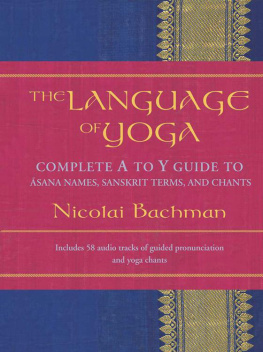

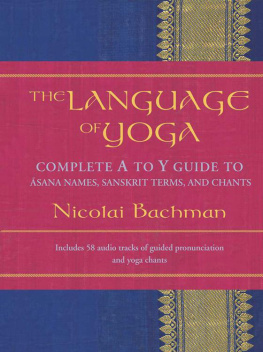
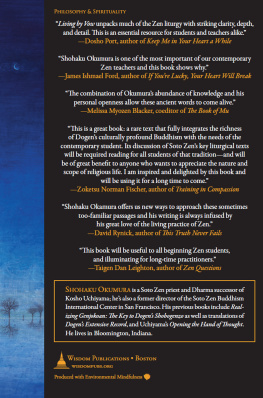


 This book was produced with environmental mindfulness. We have elected to print this title on 30% PCW recycled paper. As a result, we have saved the following resources: 18 trees, 8 million BTUs of energy, 1,802 lbs. of greenhouse gases, 8,124 gallons of water, and 515 lbs. of solid waste. For more information, please visit our website, www.wisdompubs.org. This paper is also FSC certified. For more information, please visit www.fscus.org.
This book was produced with environmental mindfulness. We have elected to print this title on 30% PCW recycled paper. As a result, we have saved the following resources: 18 trees, 8 million BTUs of energy, 1,802 lbs. of greenhouse gases, 8,124 gallons of water, and 515 lbs. of solid waste. For more information, please visit our website, www.wisdompubs.org. This paper is also FSC certified. For more information, please visit www.fscus.org.